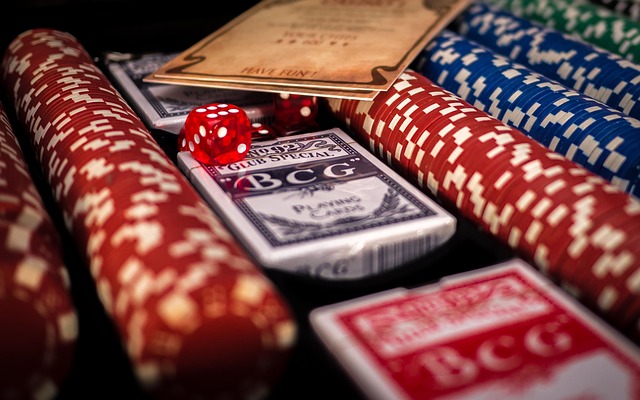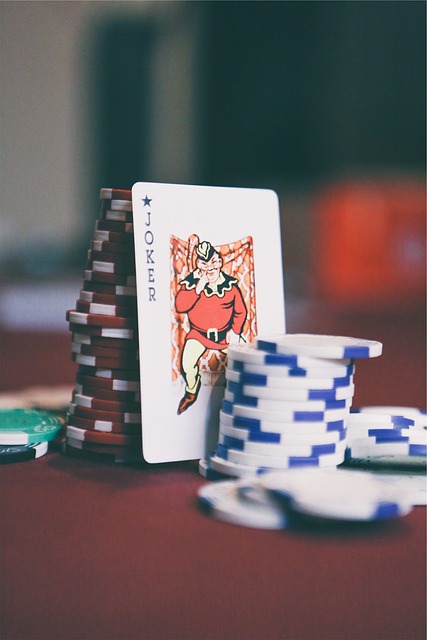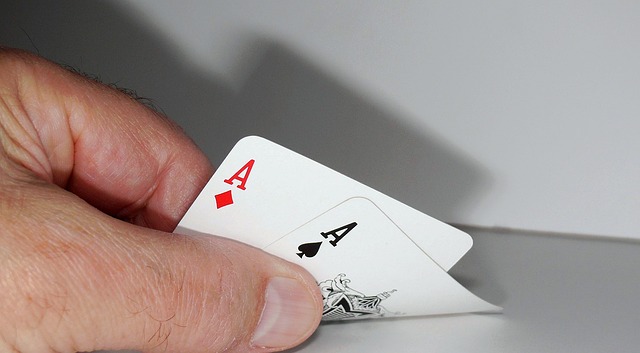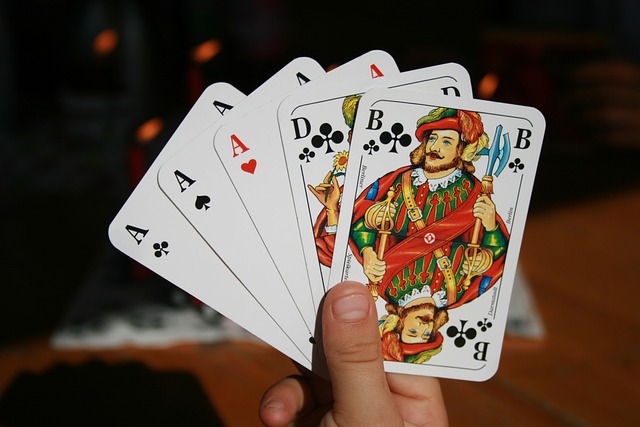Poker combines skill, psychology and decision-making under a betting structure. Players aim to create the best five-card hand using hole cards and community cards while outmaneuvering opponents through bluffing or reading 'tells'. Mastering hand rankings, odds assessment, tells awareness and strategic adaptability are crucial for successful poker play, as per expert advice on "How to Play Poker".
Poker is a captivating game that blends skill, strategy, and psychology. To master it, you must first understand the basic dynamics of each round, including betting structures and player roles. Next, familiarize yourself with poker hand rankings to determine winning combinations. Finally, learn effective play strategies and bet placement techniques to outsmart opponents. By combining these elements, you’ll be well on your way to becoming a proficient poker player.
- Understand the Basic Poker Game Dynamics
- Learn the Poker Hand Rankings and Combinations
- Master Strategies for Effective Play and Bet Placement
Understand the Basic Poker Game Dynamics
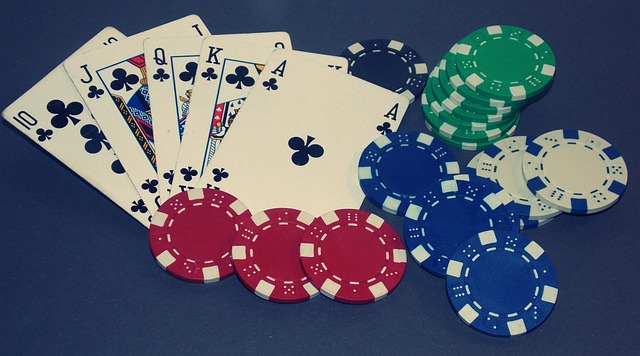
Poker is a game that combines skill, strategy, and psychology. To understand how to play poker, grasp the fundamental dynamics of each round. The basic structure involves players placing bets into a central pot as cards are dealt face down (hole cards) and then shared face up in turns (community cards). The goal is to form the best five-card hand according to poker rankings, while also outmaneuvering other players through bluffing or reading their tells.
The game flows clockwise around the table, with each player having the option to check (pass), bet, call (match the previous bet), or fold (discard their hand). Key concepts like position (your place at the table), odds, and pot odds are crucial for decision-making. Knowing when to be aggressive or passive, and understanding hand strength, are essential skills in learning how to play poker successfully.
Learn the Poker Hand Rankings and Combinations

Understanding poker hand rankings is a fundamental part of learning how to play poker. The objective is to form the best five-card combination from a standard deck of 52 cards, with specific values assigned to each hand. Familiarize yourself with the order of poker hands, ranging from High Card to Royal Flush. Each hand has its own ranking, and knowing these combinations is crucial for making strategic decisions during gameplay.
When learning how to play poker, you’ll quickly realize that different card combinations have varying levels of strength. Master the art of evaluating hands, comparing them against your opponents’, and determining the best course of action. This skill comes with practice and understanding the probabilities associated with each hand ranking, making it an essential aspect of mastering the game.
Master Strategies for Effective Play and Bet Placement
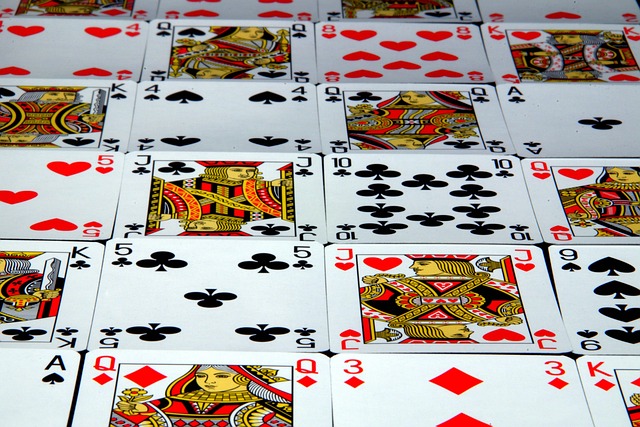
Mastering strategies is key to effective poker play and bet placement. The game combines skill, psychology, and a bit of luck. Understanding odds and probability is fundamental; calculate potential outcomes before committing to a bet. Agility is also crucial—be prepared to adjust your strategy based on the dynamics of each hand and the behavior of your opponents.
A successful poker player learns to read their cards and their rivals’. Observe the “tells,” subtle physical cues that reveal a player’s confidence or doubt. Adapt your playstyle accordingly: bluff when you have weak cards but think an opponent might fold, and bet aggressively with strong hands to drive others out of the game. Practice these techniques, and remember, patience is vital; the best players know when to hold ’em and when to fold.
Poker is more than just a card game; it’s a dance of strategy, skill, and psychology. By understanding the basic dynamics, mastering hand rankings, and employing effective play strategies, you’re well on your way to becoming a poker pro. Now that you know the ropes, it’s time to dive into the thrill of the game, make informed bets, and enjoy the unique blend of luck and expertise that defines how to play poker.
